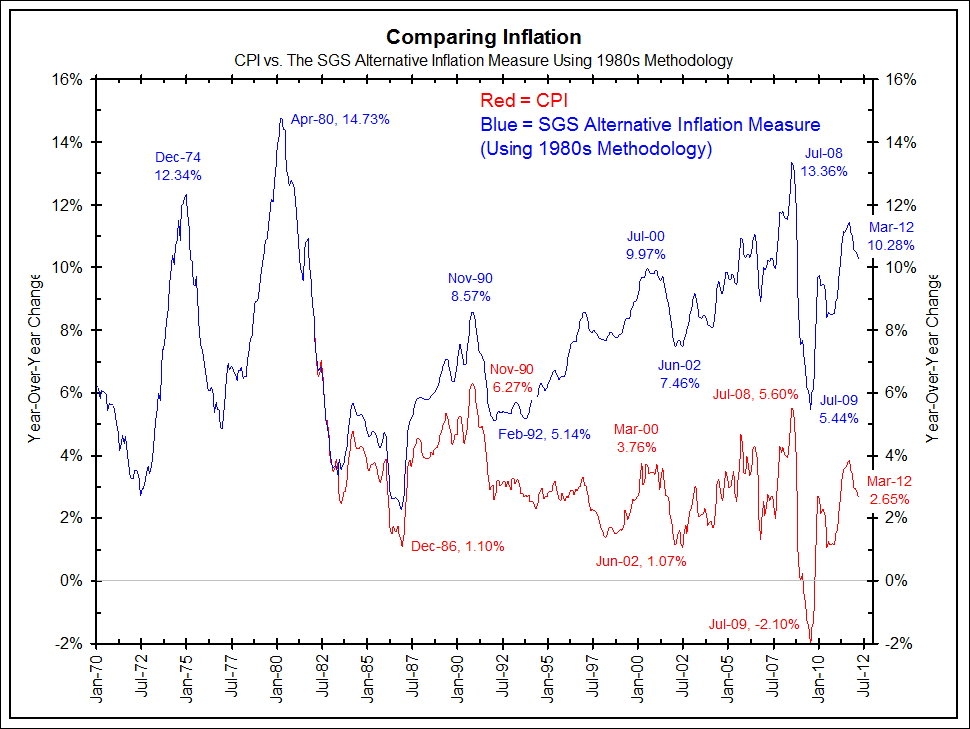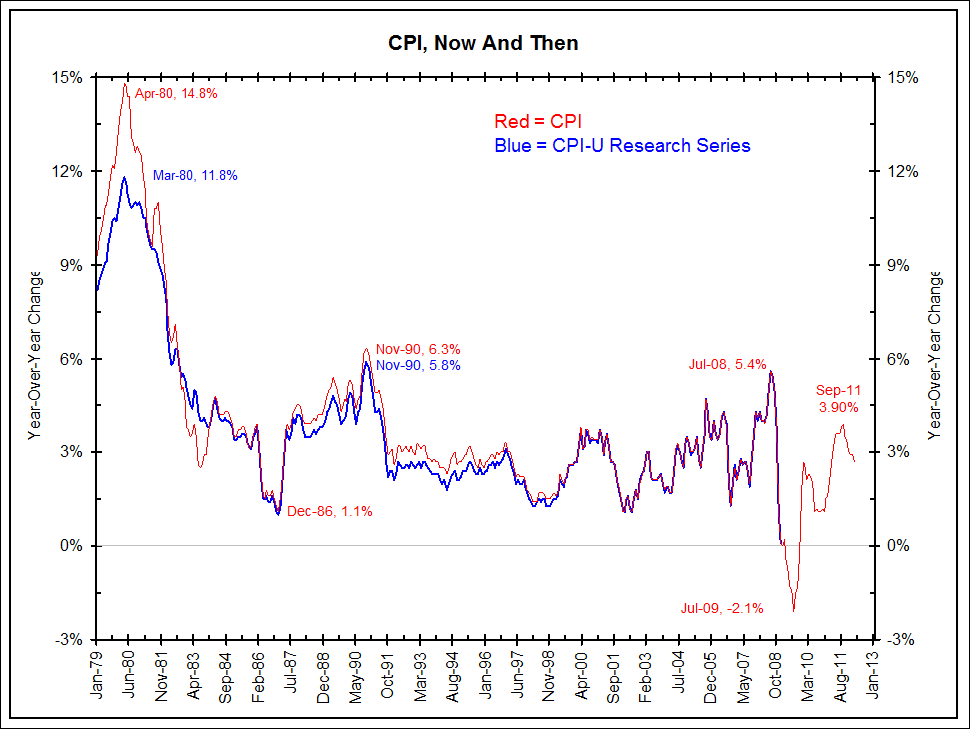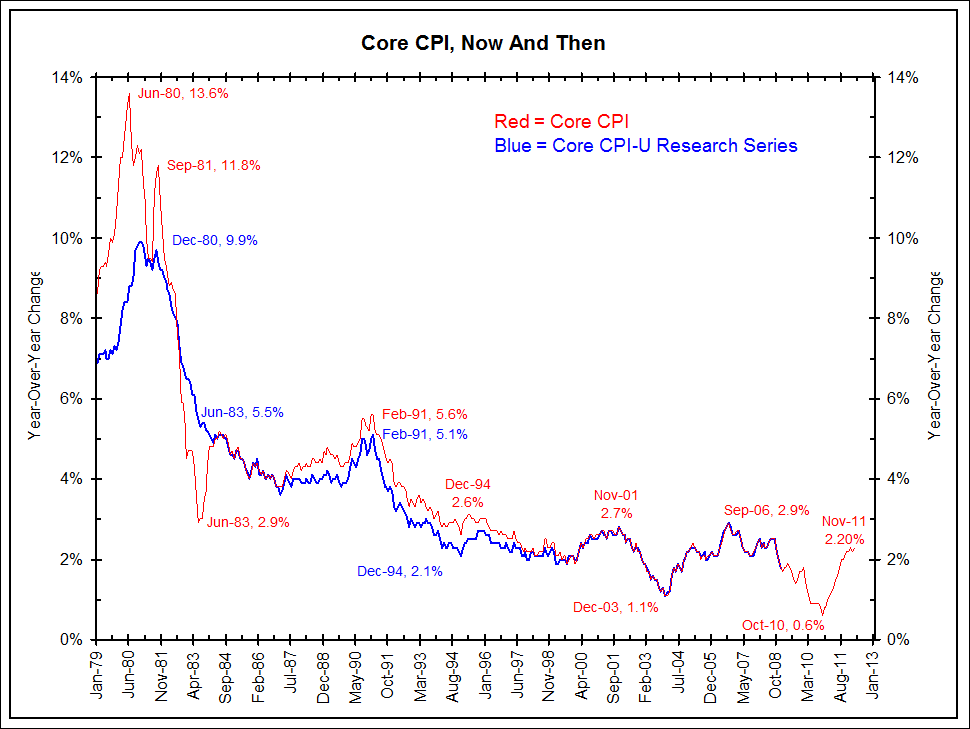Bloomberg.com – CPI Conspiracy Theories Persist Even With Broad Checks
Maggie Humphrey, a price collector for the Bureau of Labor Statistics, visits the same grocery store every month in the Chicago suburbs to punch the cost of a pound of bananas into her Lenovo tablet computer. “That price has not fluctuated since I’ve been here,” says Humphrey, who started gathering prices for the BLS in 2006 and has checked bananas at this particular establishment for about a year. She records it as 69 cents a pound and includes their country of origin, whether they’re on sale and any applicable sales tax. Humphrey is among 400 price collectors who visit 23,000 locations in 87 cities every month to determine the cost of 80,000 products and services, from breakfast cereal to haircuts. She and her colleagues feed a database in Washington, where statisticians compile the monthly inflation report, used as benchmark for everything from Social Security payments to the value of Treasury’s inflation-indexed bonds. The bureau’s price-gathering and statistical methods are standard practice from Japan to Switzerland. That hasn’t averted a lashing from critics who say the government is engaged in a campaign to hide inflation of 10 percent a year or more. Assurances by Federal Reserve policy makers that inflation remains “subdued” also haven’t deterred the skeptics…One such critic is John Williams, the author of Shadow Government Statistics, a newsletter that he has run since 2004. Williams says the federal government understates the level of inflation to keep increases in Social Security payments and other costs down…Williams’s alternate measure of inflation was 10.3 percent for the 12 months through March, compared with 2.7 percent for the Consumer Price Index.
Comment
We examined the work of John Williams at Shadow Government Statistics in a past Inflation Watch:
Because the CPI measure has morphed so many times throughout the years, one complaint often lodged against the BLS is that inflation rates today cannot be compared to inflation rates from, say, 1980. In an attempt to offer a more apples-to-apples comparison of historical inflation, the BLS maintains a series known as the CPI-U Research Series. It reverse-engineers the CPI based on today’s index weights and methodology all the way back to 1978.
Even the BLS admits that the inflation peaks of 1980 would have been 400 basis points lower if today’s methodology was used. So, yes inflation would be higher using the 1980 methodology. Would it be 10%? This is a matter of opinion.
Source: Bianco Research





What's been said:
Discussions found on the web: